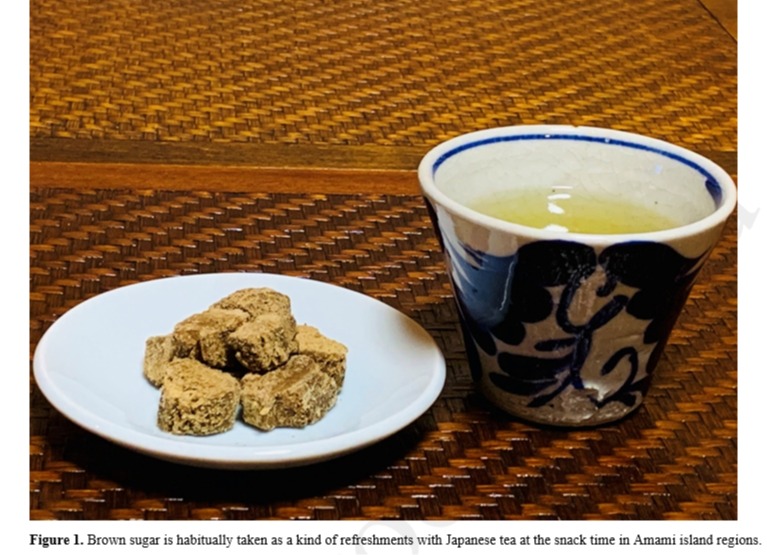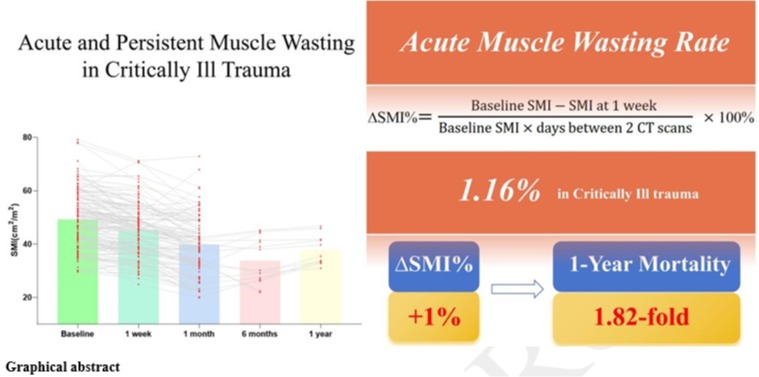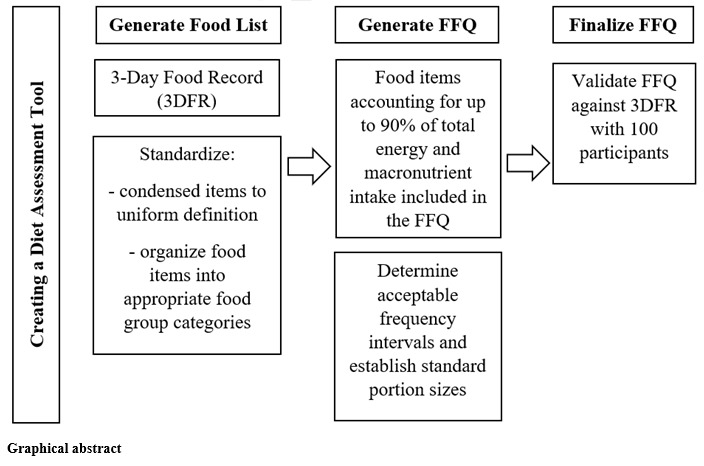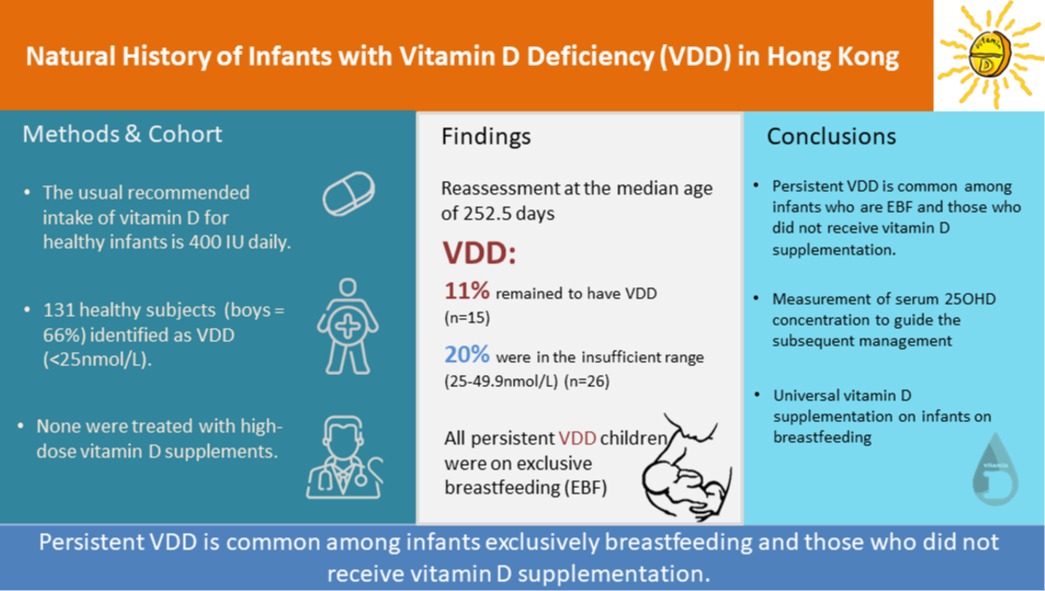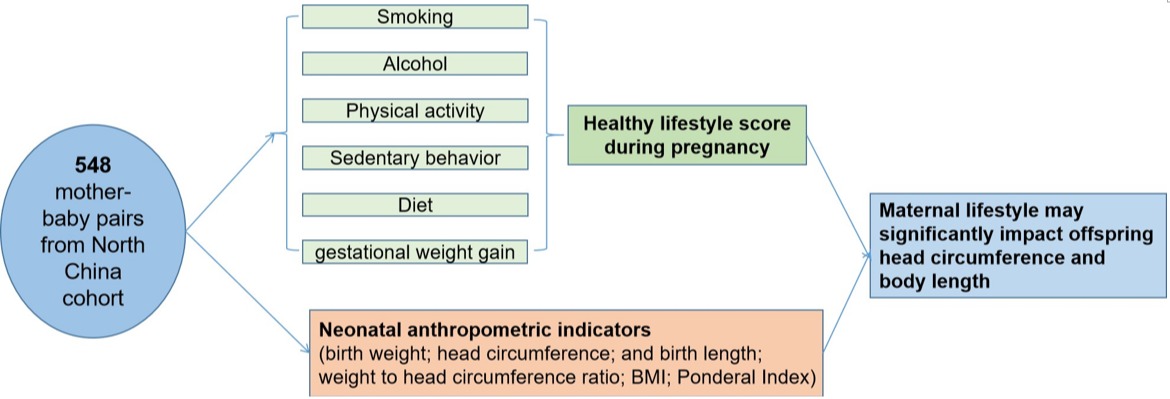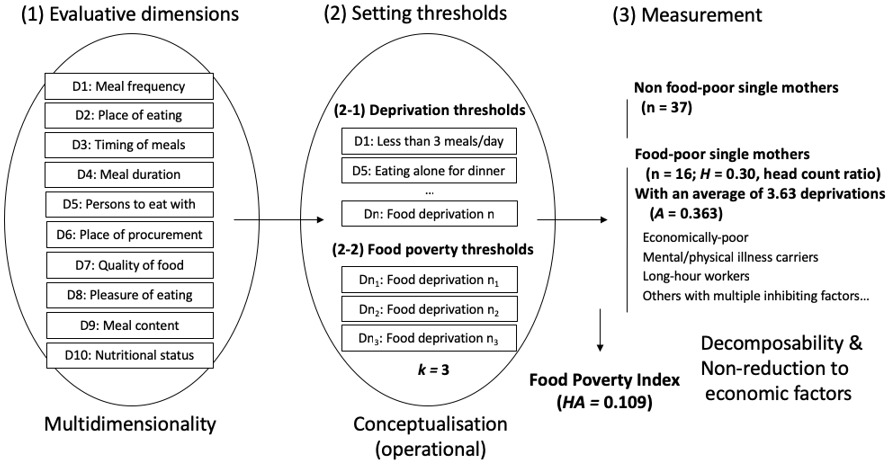Effects of whey protein complex combined with low-intensity exercise in elderly inpatients with COPD at a stable stage
▪ Author : M Zong, H Shen, L Ren, T Han, J Chen, Y Chen, J Lu, Y Zhang, S Li, J Sun
▪ Keyword : COPD, elderly patients, low-intensity exercise, whey proteins complex, muscle strength
▪ Content : Background and Objectives: Previous literature mostly has demonstrated the efficacy of pulmonary rehabil-itation (PR) combined with whole nutrition powder in patients with chronic obstructive pulmonary disease (COPD). However, the benefits of whey protein as an oral nutritional supplement (ONS) during PR are not clear. Methods and Study Design: It took 12 weeks to complete the trial, we divided 90 elderly patients with stable-stage COPD into a low-intensity exercise group (n= 30, PR group), PR plus whey proteins complex group (n= 30, PRWP group), and a control group (n= 30) randomly, and assessed index such as exercise ca-pacity, mental health status, lung function, and body composition.

